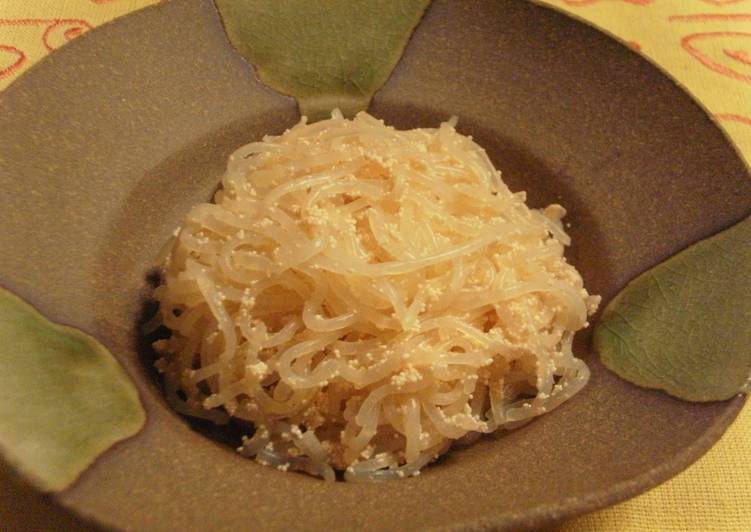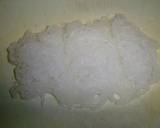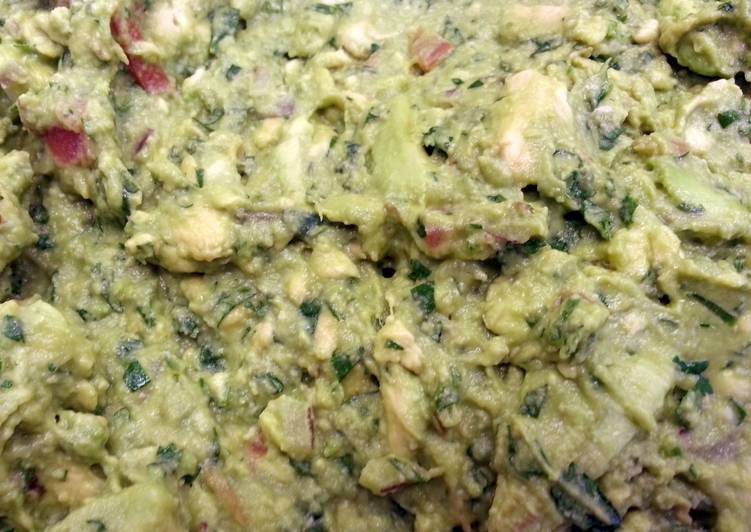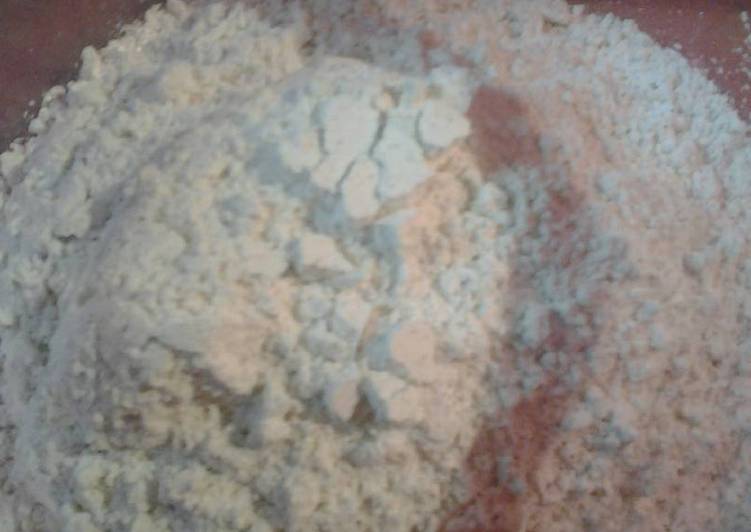
Hello everybody, it’s John, welcome to my recipe site. Today, I will show you a way to make a special dish, shirataki noodles with tarako (masago-ae). It is one of my favorites. For mine, I am going to make it a bit tasty. This is gonna smell and look delicious.
Shirataki Noodles with Tarako (Masago-ae) is one of the most favored of current trending meals in the world. It is simple, it is quick, it tastes yummy. It’s enjoyed by millions daily. They are nice and they look fantastic. Shirataki Noodles with Tarako (Masago-ae) is something which I’ve loved my entire life.
Shirataki (白滝, often written with the hiragana しらたき) are translucent, gelatinous traditional Japanese noodles made from the konjac yam (devil's tongue yam or elephant yam). The word "shirataki" means white waterfall, referring to the appearance of these noodles. Want to have a bowl of Ramen, but can't because your trainer says you shouldn't because that would be like eating fast food on the way back from the gym?
To get started with this particular recipe, we have to prepare a few ingredients. You can have shirataki noodles with tarako (masago-ae) using 6 ingredients and 6 steps. Here is how you can achieve that.
The ingredients needed to make Shirataki Noodles with Tarako (Masago-ae):
- Get 2 bags Shirataki noodles
- Make ready 1 pair Tarako (salt-cured cod or pollack roe)
- Get 3 tbsp ● Sake
- Make ready 1 tsp ● Soy sauce
- Make ready 2 grams ● Dashi stock granules
- Prepare 1/2 tsp ● Chicken soup stock granules
They get rid of the fishy smell and rubbery texture of the miracle noodles. Shirataki are thin, translucent, gelatinous traditional Japanese noodles made from the konjac yam (devil's tongue yam or elephant yam). The word "shirataki" means "white waterfall", describing the appearance of these noodles. Largely composed of water and glucomannan, a water-soluble dietary.
Instructions to make Shirataki Noodles with Tarako (Masago-ae):
- Wash the shirataki noodles in water, and cut 3 times. (I used a pre-treated kind of shirataki, but if you have regular shirataki boil it and rinse under water to get rid of the odor.)
 1. Drain the shirataki very well.
1. Drain the shirataki very well. - Cut through the membrane of the tarako lengthwise. Add the ● ingredients, and mix them well with the insides of the tarako until you have a runny mixture.
- Put the shirataki noodles in a frying pan, and stir fry until there's no moisture left on then. When they are plump and rubbery add a little oil and stir-fry some more.
- Add the tarako sauce from Step 3, and stir fry until there's no moisture left. It will look nicer if you take out the membrane.
- Transfer to a dark colored serving dish. Since the tarako look like grains of sand, this dish is also called shirataki mixed with masago ("real sand" in Japanese) or masago-ae.
Matsuda Shirataki Noodle Dumplings are delicious noodle dumplings rolled into bundles, low-carb, and good for a healthy diet. Shirataki noodles absorb the flavor of whatever you add them to, so don't be shy with the sauce. It is a shirataki noodle dumplings with a twisted shape, and good for healthy diet. Shirataki noodles — also known by other names like miracle noodles, glucomannan noodles, konjac noodles, or konnyaku noodles — are gelatinous and translucent traditional Japanese noodles common in Asian Cuisine. They are made from the konjac plant which is ground and shaped into.
So that is going to wrap this up with this special food shirataki noodles with tarako (masago-ae) recipe. Thanks so much for your time. I’m sure you can make this at home. There is gonna be interesting food in home recipes coming up. Remember to bookmark this page in your browser, and share it to your family, friends and colleague. Thank you for reading. Go on get cooking!


